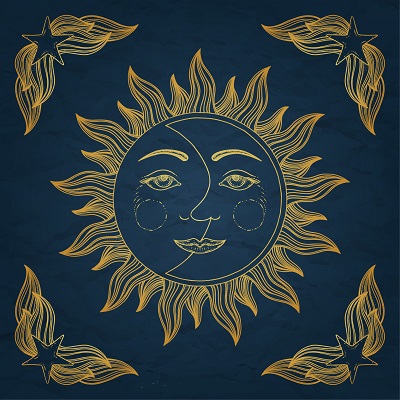 Being melancholy from time to time as a result of inevitable events in one’s life is unfortunately a very normal and natural part of life and living.
Being melancholy from time to time as a result of inevitable events in one’s life is unfortunately a very normal and natural part of life and living.
However, if one’s saddened state is occurring on a longer and more frequent basis and begins to affect one’s physical and mental health in an abnormal capacities, then likely there is the presence of some sort of depressive condition.
There are many forms of depression and there are multiple mental illnesses that cause a person to be depressed in some way, and although the symptoms and the severity of those symptoms can vary widely, one factor that is consistent among all forms of depression is that sleep is affected somehow.
Sleep, in terms of patterns and quality, can be viewed as a barometer of sorts when evaluating a person’s overall physical health and mental well-being.
And, there exists a complex and complicated relationship between these illnesses and a person’s ability to receive the appropriate quality of, and the right amount of, sleep, so much so in fact that sleep pattern questions are an essential part of the check list that doctors use to officially diagnose a clinically depressive illness.
Evaluating a patient’s sleep is a crucial tool for doctors to use when evaluating their mental health and overall wellbeing, and more often than not, it is the sleep factor in depression (either the lack of or the receipt of excessive amounts) that is what usually prompts a depressed individual to seek help from a medical professional.
Depression, is broadly and vaguely defined by the American Psychiatric Association as “a common and serious medical illness that negatively affects how you feel, the way you think and how you act”, however depression can be specifically divided into 3 primary categories, the first and most serious of which is Major Depressive Disorder (otherwise referred to as MDD). MDD is the most severe form of depression and people who suffer from MDD present clinically with the most intense symptoms.
Lower on the intensity scale is Dysthymia, which is similar to MDD but with fewer and / or milder symptoms, and thirdly, Seasonal Affective Disorder (also known as SAD), is a form that, as its name suggests, that occurs in the afflicted on a seasonal basis and is thought to be related to a person’s exposure to sunlight.
Depression, no matter the form, can be triggered by environmental events in one’s life, such as the passing of a loved one, or can be the result of chemical and neurotransmitter imbalances in the brain, or a combination of the two, however it is important to note that being sad about things that are normal to be sad about does not equate to being clinically depressed, although experiencing symptoms of intense sadness that persist longer than 2 weeks is indicative of natural sadness having developed into a more serious medical condition.
Additionally, mental illnesses such as Bipolar Disorder and Schizophrenia are often characterized by hypersomnia, which is the condition of getting too much sleep or being excessively fatigued throughout the day, or insomnia, which is the condition of not getting enough sleep or not sleeping at the appropriate times, and often it is the depressing qualities of those conditions that are the catalyst for these sleep imbalances.
Depression can trigger a wave of negative repercussions on one’s appetite, mood, productivity, organ function, and in the overwhelming majority of cases, will result in the depressed individual suffering from some form of secondary sleep disorder.
The relationship between sleep and depression is often mutualistic in the sense that depressive conditions can, (and often do), lead to subsequent sleep disorders, and reversely, many sleep disorders, such as insomnia, narcolepsy, etc., can and often will lead to depression or other depressive pathologies.
Even though approximately 20 million Americans suffer from some form of depression, there is an awful lot left to be understood about the environmental and organic origins of depressive illnesses.
What is very well known however, is that sleep is directly correlated with depression, and the more that is learned about that connection, the more thoroughly depressive disorders will be understood.






